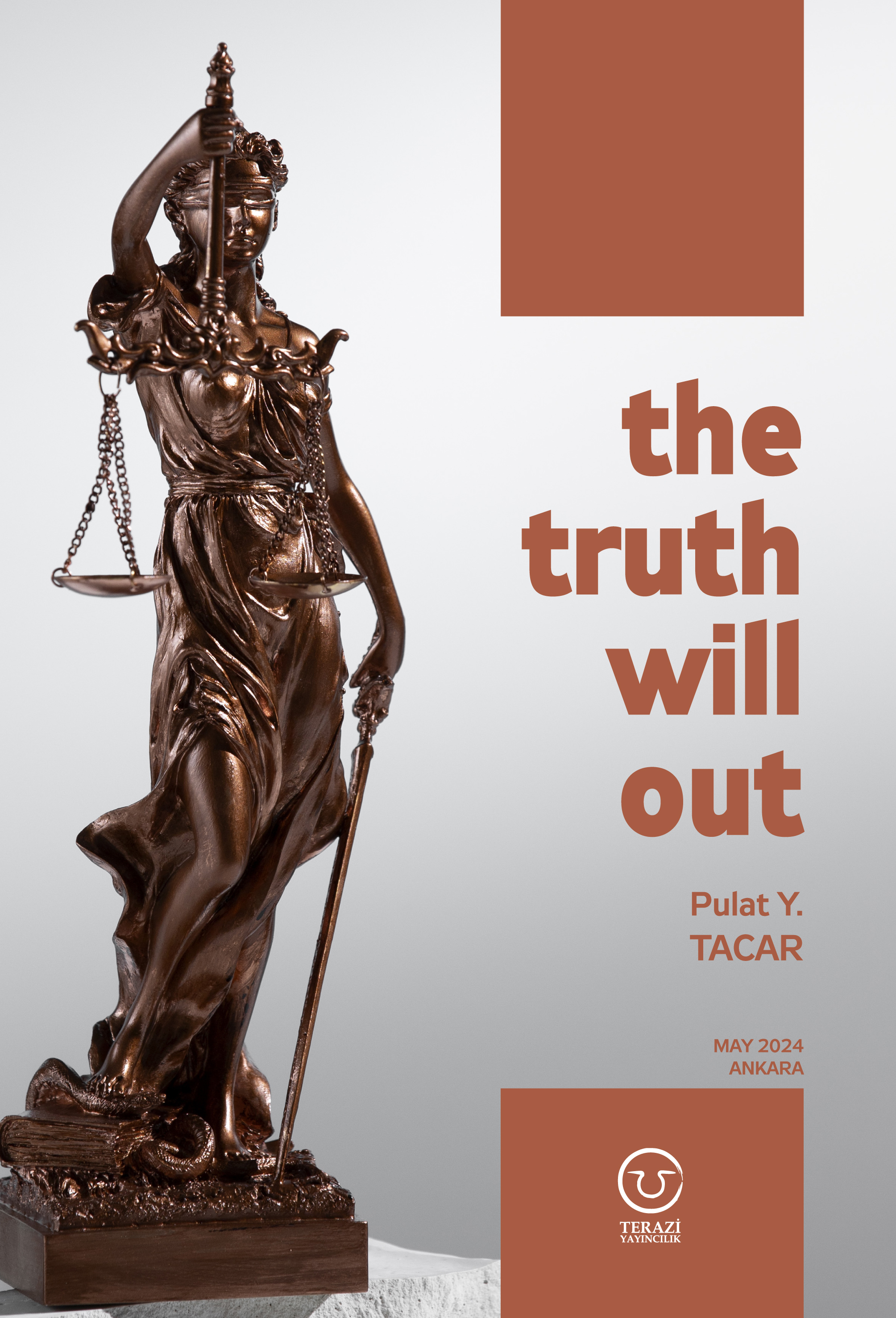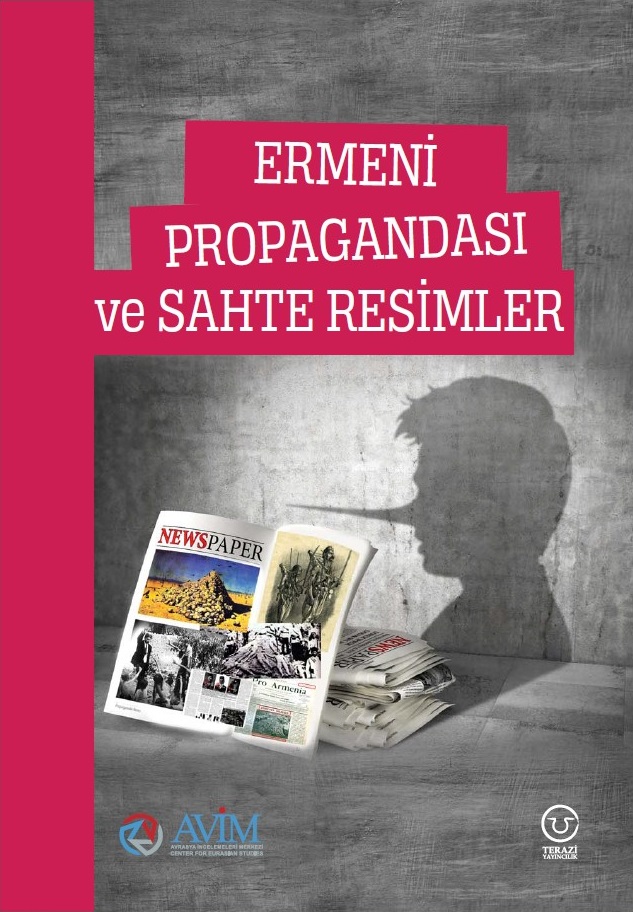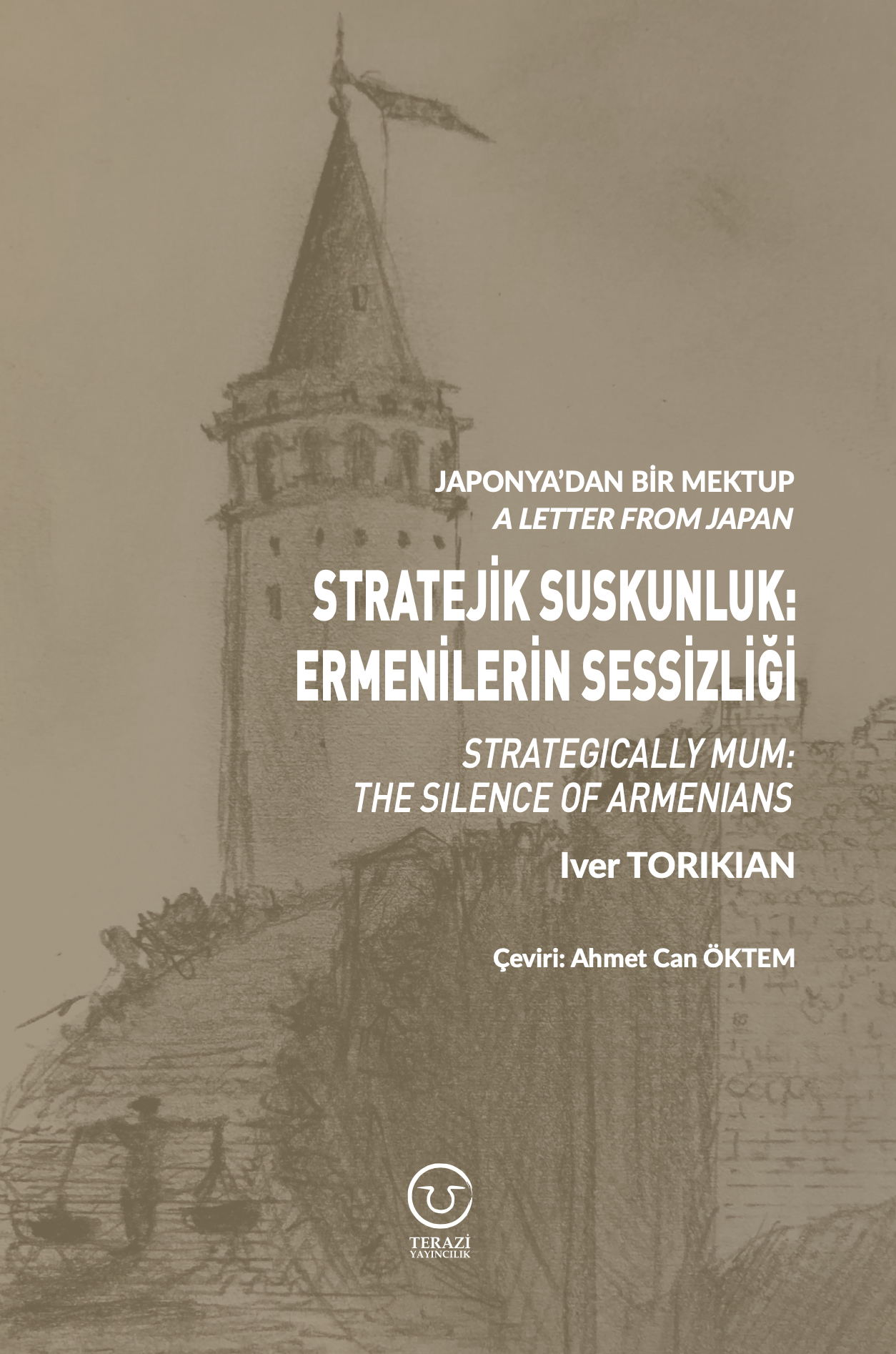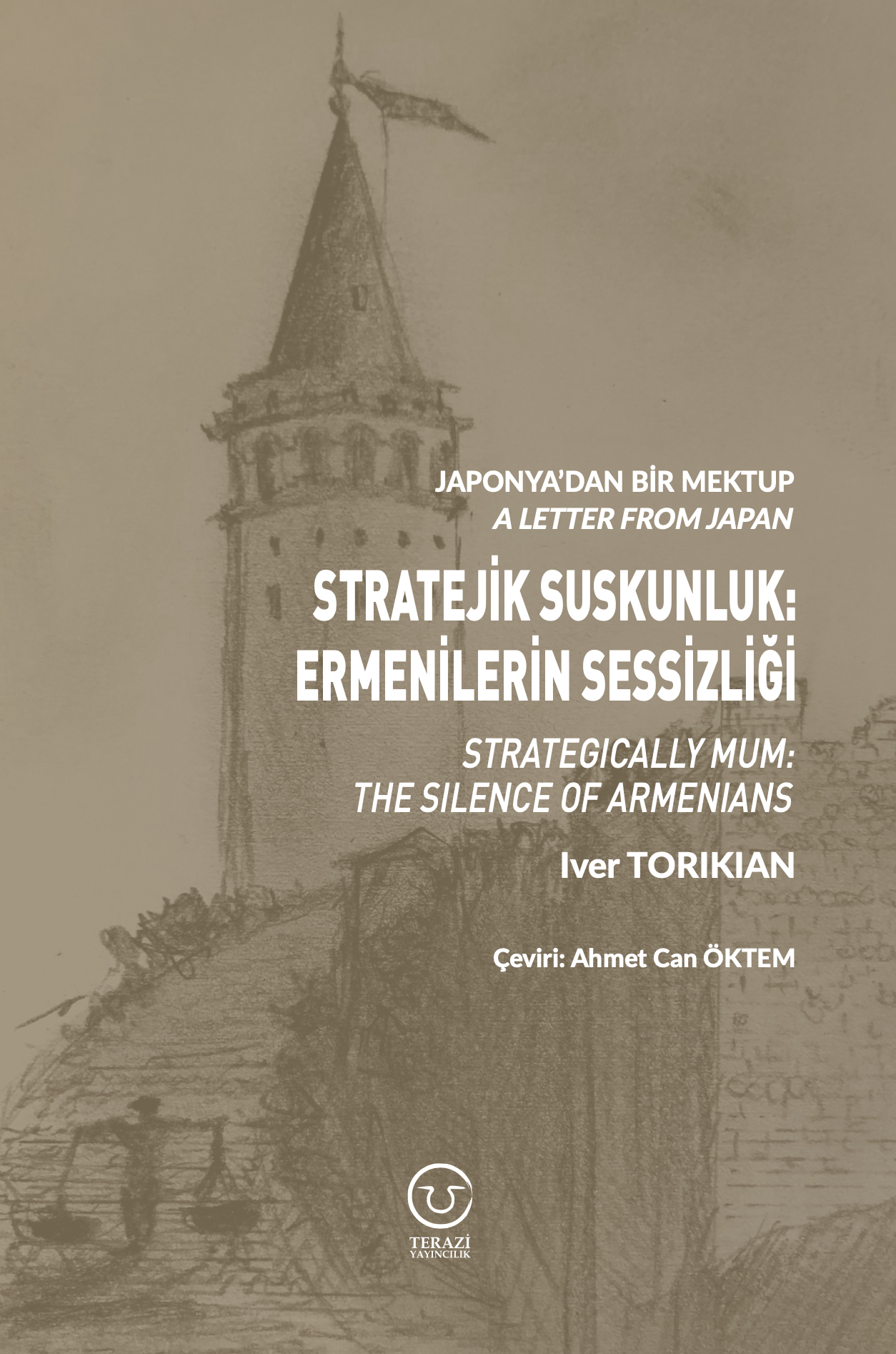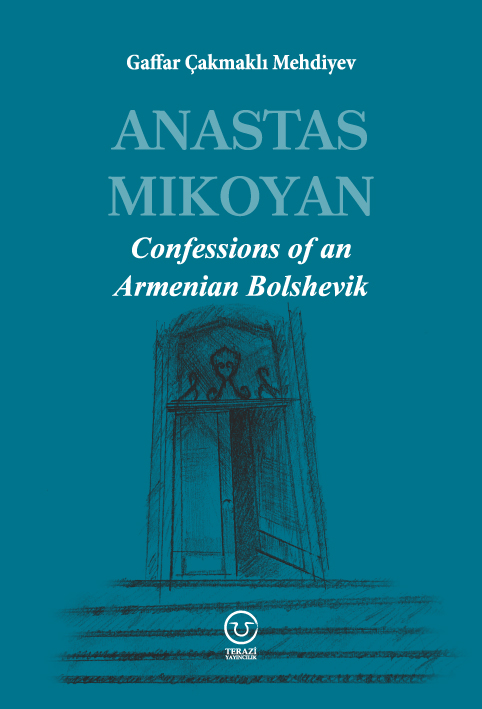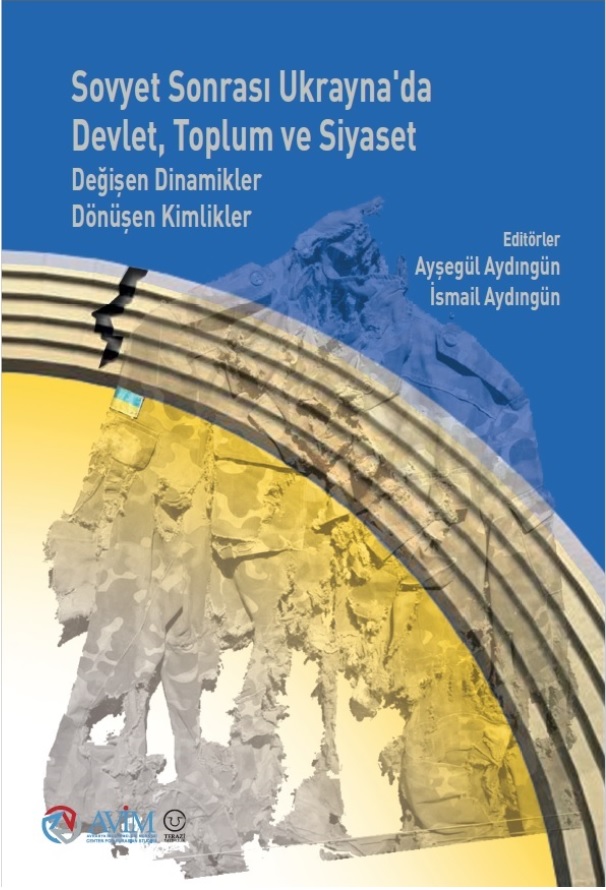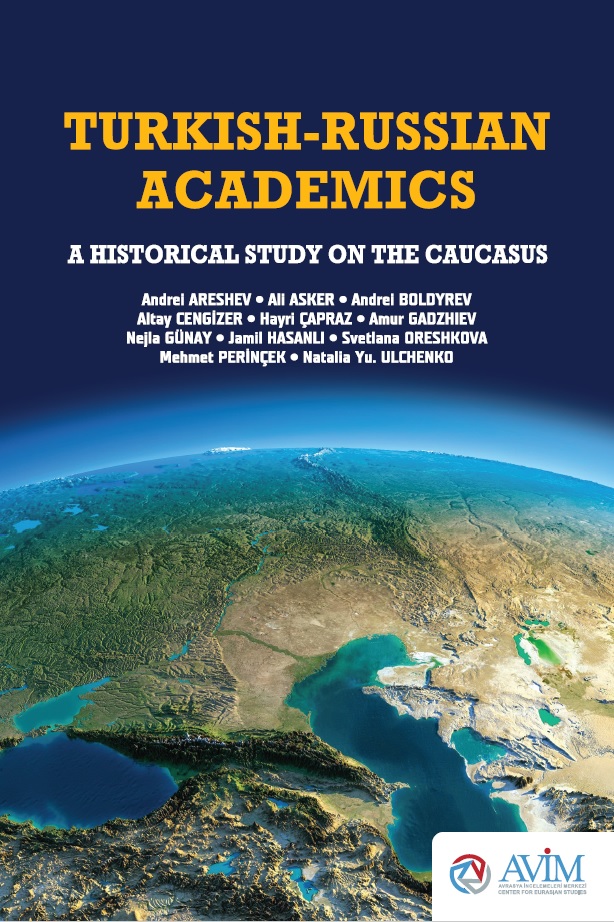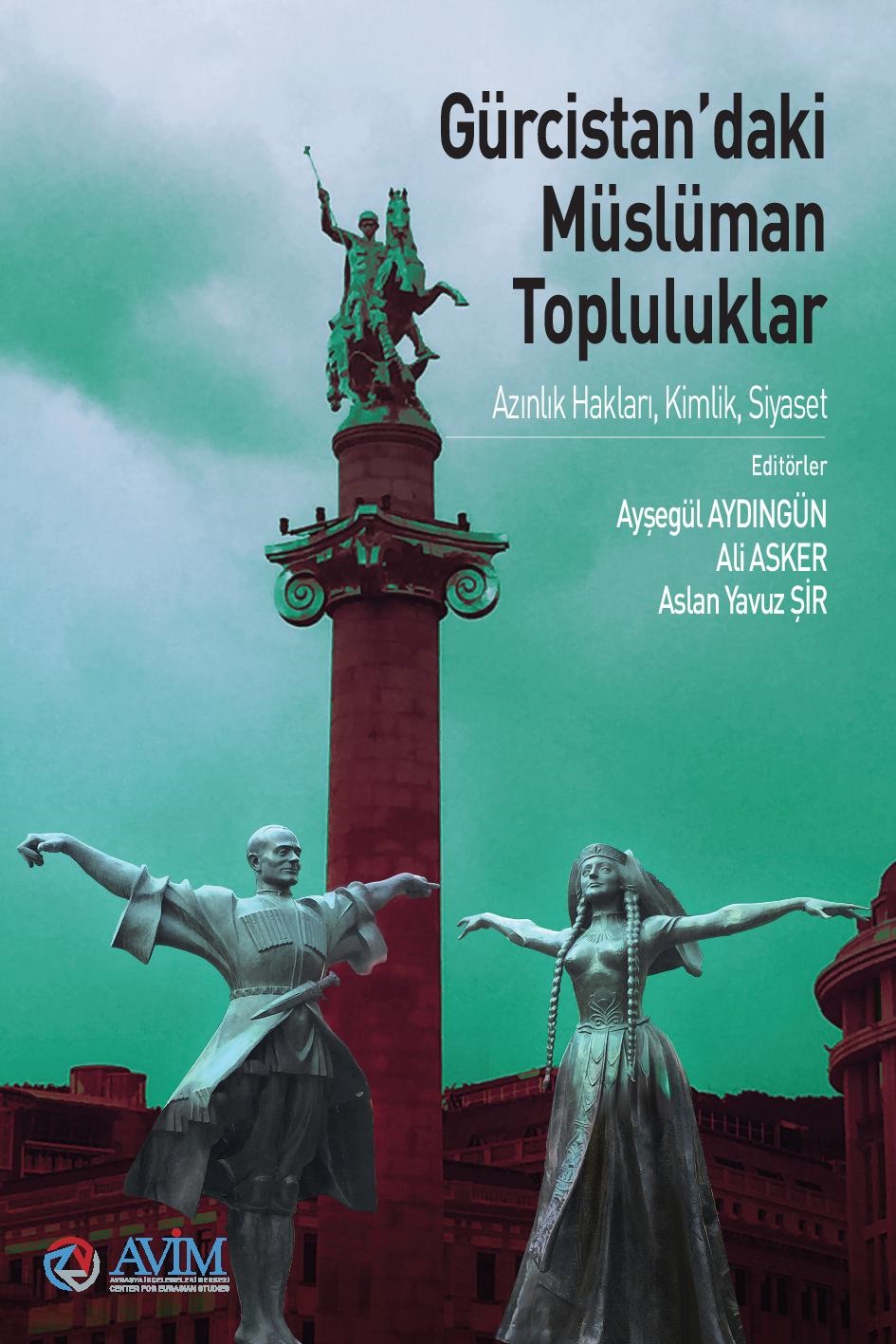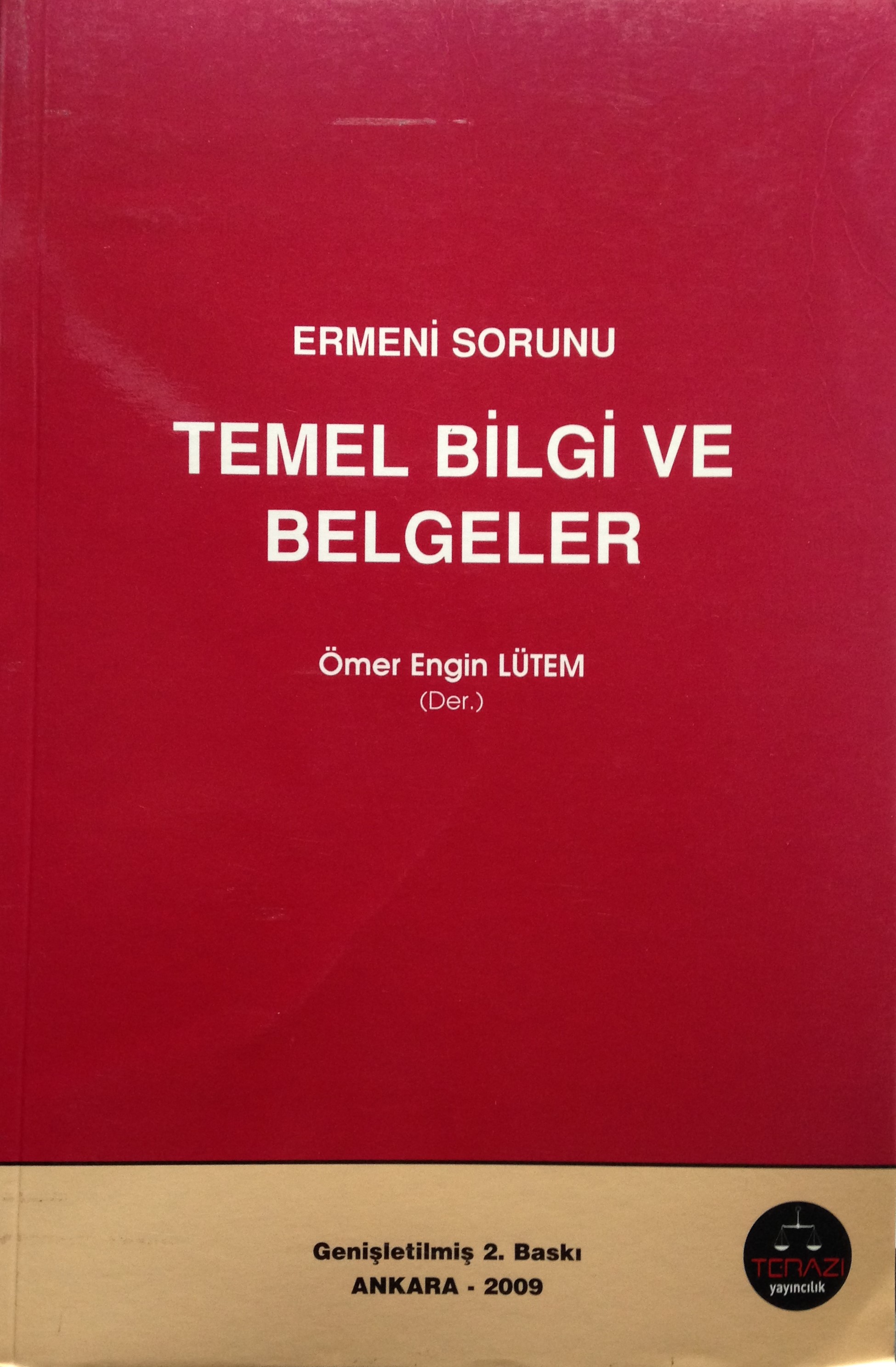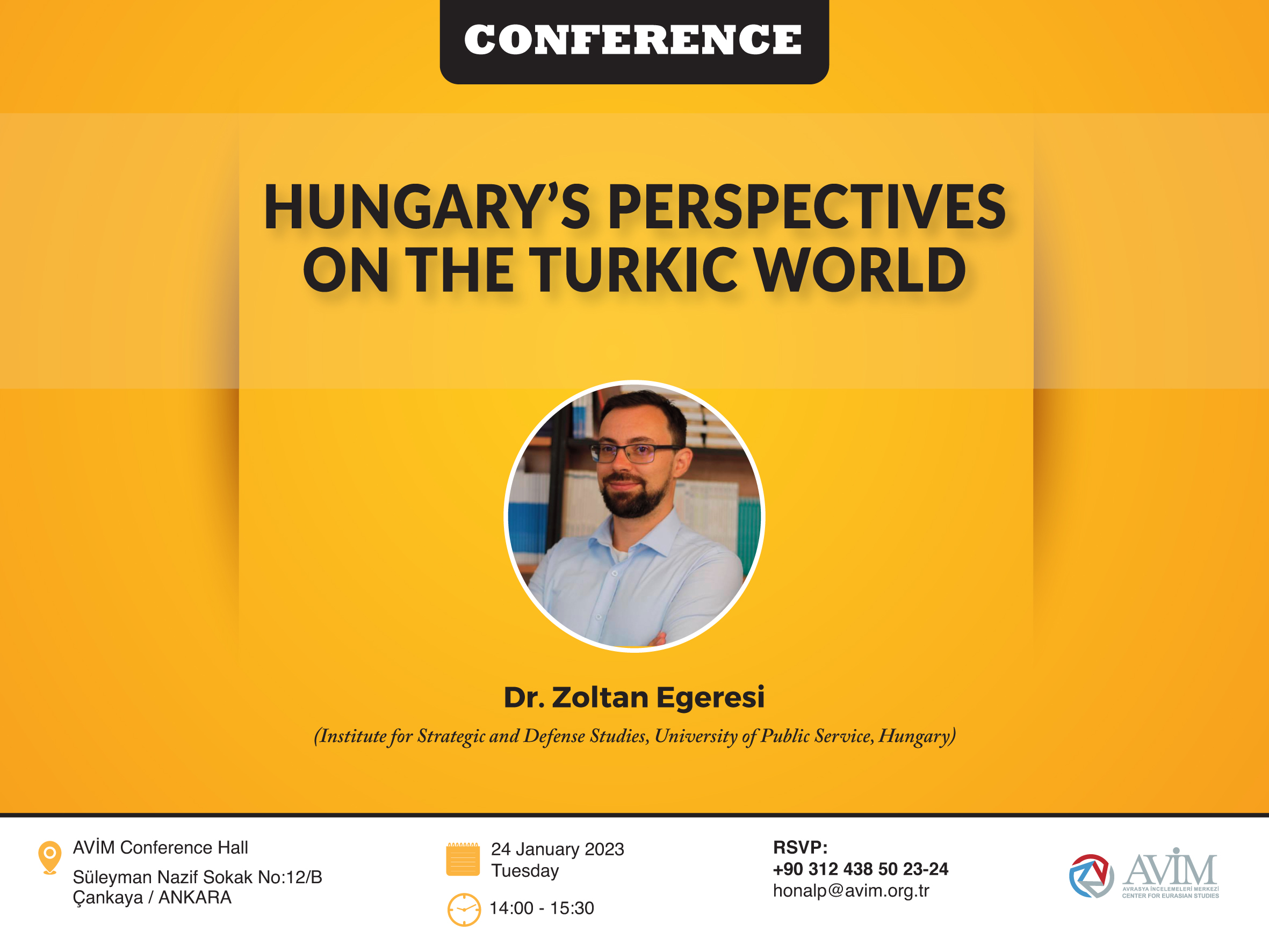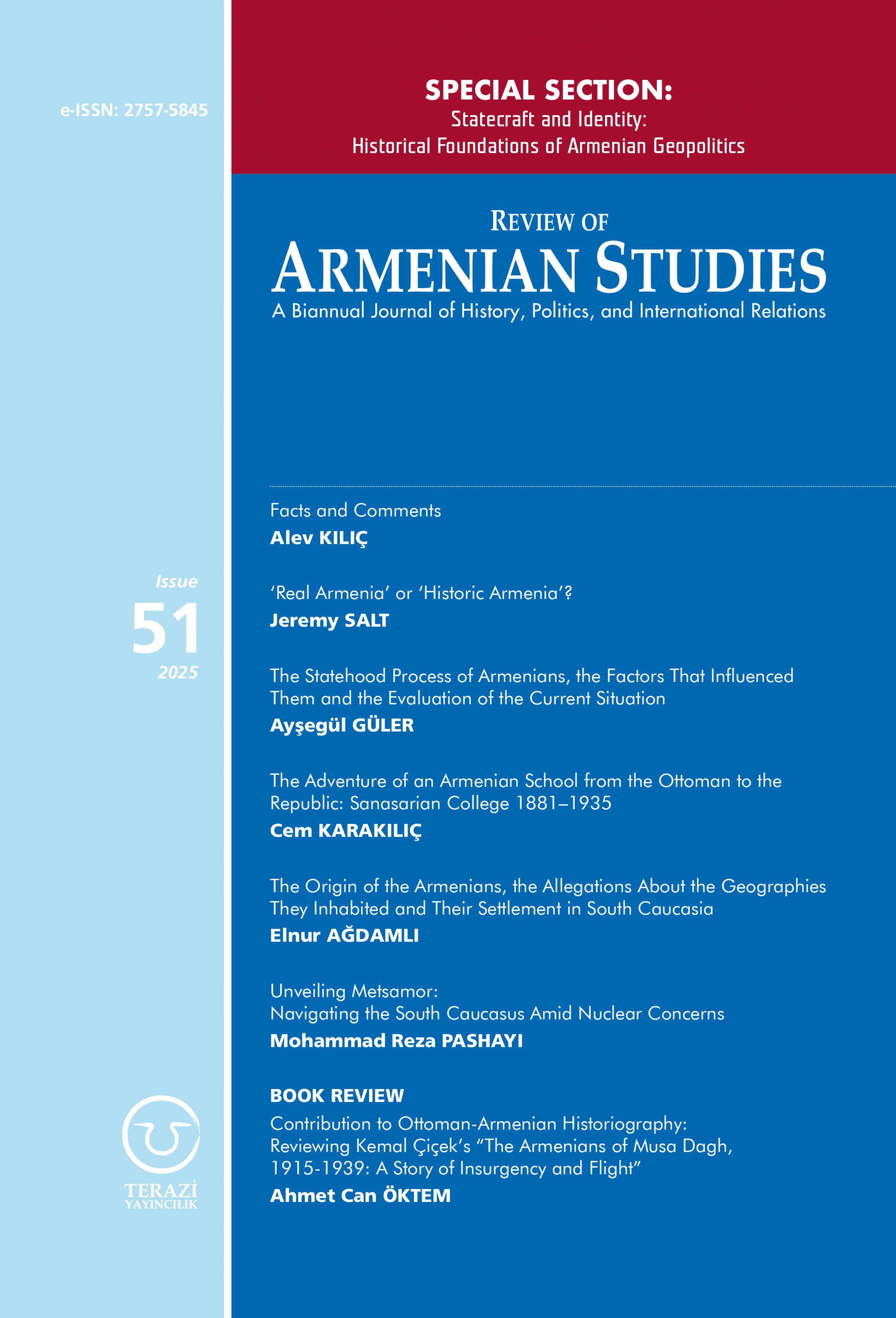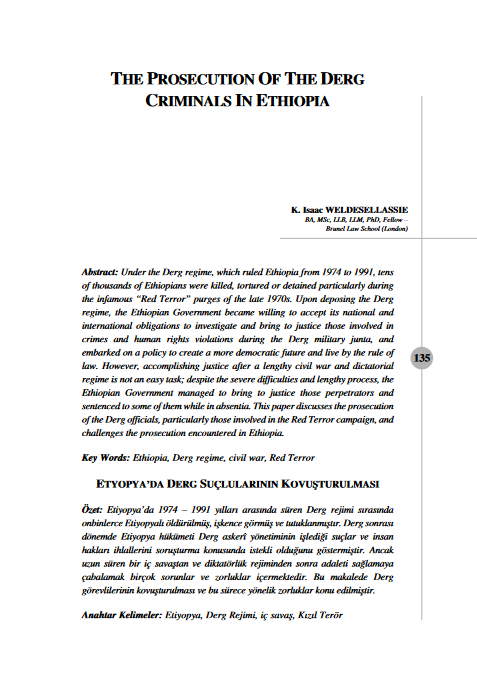Download PDF :


News.au (MARCH 22, 2017)
A THIRD international flashpoint is emerging. First the South China Sea. Then the Baltic. Now, it’s NATO versus Russia in the Black Sea.
NATO troops are marching into Romania. NATO ships are plying the waterways. NATO combat jets are on their way.
Now Russia’s getting nervous.
Three years after its annexation of the Ukrainian Crimea territory and nine years after the invasion of Georgia, Moscow has been making it obvious it wants NATO — and especially the Americans — out.
Russia’s says it is ‘examining all options’ to counter NATO’s build-up.
NATO says the same.
People wave Russian national flags as they celebrate the third anniversary of the annexation of the Crimea by the Russian Federation in Sevastopol at the weekend. Picture: AFP
Once again, it is proving its potential as an international flashpoint.
NATO’s newest southeastern members are perceived as a ‘weak underbelly’ to the alliance.
Romania, which borders the troubled Ukraine, has been one of a few to actively seek an enlarged NATO military presence.
Bulgaria is somewhat more reluctant. Its political and business leaders are wracked by internal dissent over the decision to impose sanctions against Russia following the annexation of Crimea.
RELATED: Beijing set to expand its South China Sea footprint
Georgia, which was crushed by Russian forces in 2008, remains a destabilising element. Rebuilding its armed forces, infrastructure — and independence — is an ongoing diplomatic balancing act
But the biggest uncertainty in the region is Turkey. An extreme clampdown on democratic institutions by President Recep Tayyip Erdogan after an attempted coup last year has led to a significant cooling in relations with Europe, and energetic attempts by Moscow to woo it away from the European alliance and union.
MILITARY POSTURING
NATO conducted a major naval exercise in the Black Sea last month, dubbed Black Shield 2017.
IT came with a fresh commitment to strengthen the US-European alliance’s presence in the region — just days after an aggressive game of chicken in the Black Sea between two Russian Su-24 fighter-bombers and the destroyer USS Porter.
A repositioning of NATO military assets has openly been declared to be a response to a ‘deteriorated security situation’.
Now Russia has responded in kind.
It’s just launched major military exercises in and around the annexed Crimean peninsula in response to “terrorist and regular forces ” threats.
In the case of NATO’s Black Shield, the aim was to demonstrate the alliance was committed to its East European members, and could quickly present a cohesive fighting unit.
The United States, Spain and Canada each sent a ship to join vessels from Bulgaria, Turkey and Romania to practice working together in the stress of combat. Not such an easy thing to do between equipment of such variety, the different languages of the nations involved, and their different military training.
Now a US assault ship, the USS Carter Hall, is testing how well its 2200 Marines can fight alongside Romanian forces.
Russia is not amused, stating the manoeuvres ‘threaten our interest and security’.
Three Russian paratroop brigades totalling 2500 men, aircraft and the Black Sea Fleet began war-games in Crimea on Monday.
“For the first time in the Russian army’s history the Airborne Forces’ three large units were simultaneously alerted as part of the drills and partly redeployed to Crimea with weapons and equipment,” Airborne Force Commander Colonel-General Andrei Serdyukov told state media organisation Tass.
The exercise demonstrated the “use of the Airborne Forces as rapid reaction forces to solve crises in various regions of the world,” he said.
FORWARD DEFENCE
NATO has been steadily redeploying its forces in the past few years, primarily to ease the growing fears of its eastern European members and allies.
Troops, tanks, helicopters and fighters have been positioned in the Baltic States of Poland, Latvia and Lithuania to counterbalance increasingly aggressive Russian manoeuvres over the strategic sea. Norway and Sweden have gone so far as to expand conscription and initiate emergency spending programs for their defence forces.
But the Black Sea region has also quietly been undergoing reinforcement.
A multinational force of NATO troops has been stationed in the Romanian city of Craiova. NATO ships have been posting more frequent visits to Romanian and Bulgarian ports, as well as conducting more intensive war-games. And the United Kingdom now says it will station a handful of its Typhoon fighter aircraft in Romania later this year to bolster its air defences.
But the most controversial element is the establishment of a NATO ‘missile defence shield’ outpost in Romania’s Deveselu district in 2016. This is a facility capable of shooting down ballistic missiles. NATO has assured Russia the ‘shield’ is intended to protect Europe against missiles launched from the Middle East. Russia sees it as both a physical and diplomatic threat to its own interests.
“I think we need strategic patience,” NATO secretary Jens Stoltenberg told media last month. “That was what NATO had during the Cold War and we need it also in the new security situation.”
But Center for Strategic & International Studies contributor Boris Toucas writes: “As in the Baltics, the risk of a direct military confrontation between NATO and Russia, although not to be entirely ruled out, remains low as conflict would come at a high price for both players with little prospect for a clear strategic benefit.
“The most immediate task at hand for NATO and Russia is to reduce the possibility of a military accident.”
High quality global journalism requires investment. Please share this article with others using the link below, do not cut & paste the article. See our T&Cs and Copyright Policy for more detail. Email [email protected] to buy additional rights.
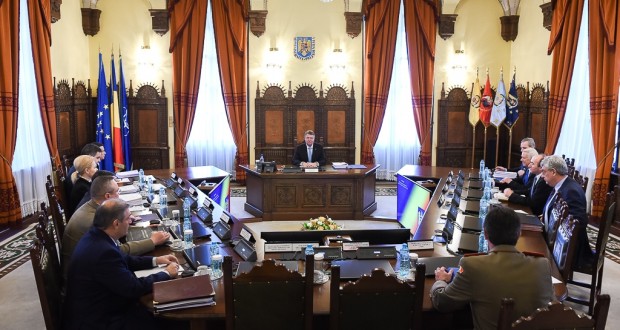 PRESIDENT IOHANNIS: CSAT APPROVES ROMANIA’S OBJECTİVES AT THE NATO SUMMIT IN BRUSSELS. 120 MILITARY TO BE SENT TO POLAND
The Balkans
22.03.2017
PRESIDENT IOHANNIS: CSAT APPROVES ROMANIA’S OBJECTİVES AT THE NATO SUMMIT IN BRUSSELS. 120 MILITARY TO BE SENT TO POLAND
The Balkans
22.03.2017

